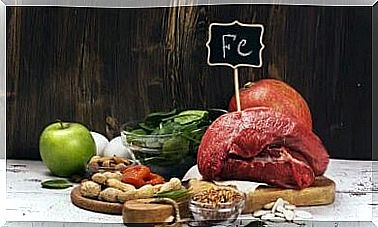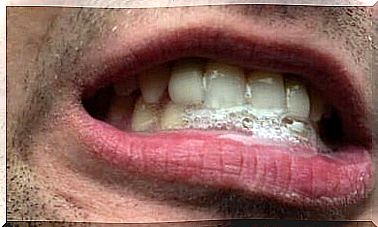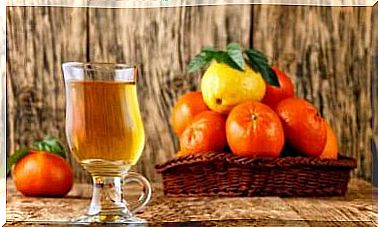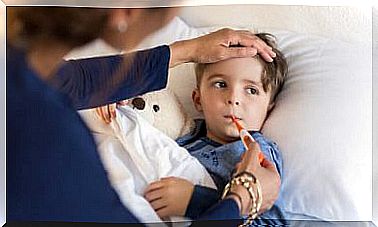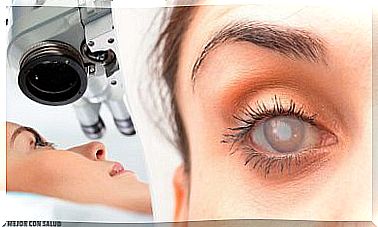Types Of Massages And Their Applications

The different types of massages have countless applications that improve our health and well-being. Although they can be applied with different techniques, today we are going to focus on chiromassage, that is, that which is done with the hands without the use of any type of tool or utensil.
history of massage
Massage has been known since ancient times and has been used to relieve physical, emotional and psychological ailments. In general, it is useful to improve physical and mental condition. It stands out, among other things, for:
- Improve the quality of life and provide well-being.
- Eliminate or reduce pain.
- Contribute to relaxation.
- Decrease stress.
- Improve sleep quality.
Massage has been used since ancient times in India from 1800 to 1500 BC (Ayur-Veda); in China around 1000 BC (Houng-Ching); Egypt, Greece, Rome and Muslim medicine. There are numerous references to its therapeutic applications by authors such as Herodicus (500 BC), Hippocrates (450 BC), Claudius Galen (130 BC) and Avicenna (Abu Ali Al-hussayn Iber Sina), (930-1037 AD), among others.
In more recent times, it is necessary to speak of Sweden in the 19th century, where what ended up receiving the name of Swedish massage appeared, today the most used in the world. Massage continues to be used today as an art or technique for relaxation and recovery of health and well-being. Today, it is a vast specialty that recognizes many types and uses.
Definition of massage
The most accepted definition of massage is as follows:
Types of Massages
There are many types of massages that have evolved over time. Some have been enriched with new contributions, but retain the distinctive features of the original massage. Others, on the other hand, stand out for the combination of different types of massages or the incorporation of new techniques and maneuvers.

Chiromassage
It is a type of massage that uses only the hands, without the support of any tool, instrument or device. The mechanism of action of chiromassage is attributed to the reflex physiological response of the treated area, with increased blood flow and decreased pain. Also as a result of pressure, which can reduce muscle fatigue by relaxing the treated area.
Despite their antiquity and the spread of their benefits, they are not always recognized by official medicine, as scientific evidence about their effects is limited. Chiromassage has many benefits, but we cannot ignore some contraindications, such as in case of illness, injury or pregnancy.
Types of massages and their applications
Relaxing
It is the most common massage. Although it can be done on specific parts, it is usually a massage applied to the whole body. It is performed with gentle, superficial maneuvers designed to help reduce nervousness or stress, improve sleep quality, and relieve emotional tension. It is one of the most widespread applications in the field of beauty and personal care.
Invigorating
It is a short fifteen to twenty minute massage, exerting greater pressure to work on the deeper muscle layers. It is applied to a specific part of the body and is indicated for sedentary people, without highly developed muscles and obese. Tones, activates muscles, increases blood flow that will eliminate accumulated toxins.
sports
It is an energy massage aimed at stretching and relaxing muscle fibers. It is used for recovery after sports practice or as prior preparation. It shares toning and increased circulation with other massages, but it is also designed to mobilize lactic acid, which is the cause of so-called “stiffness”.
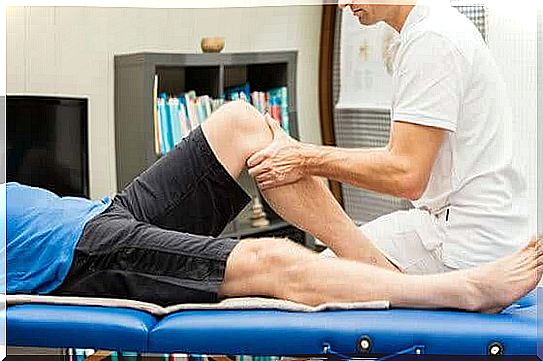
Lymphatic drainage
Its mission is to promote the circulation of the lymphatic system and prevent fluid accumulation, especially in the lower extremities. It is applied throughout the body following the direction of circulation back to the heart. It goes from the lower limbs to the upper limbs and abdomen, where more fluid accumulates, producing an increase in volume towards the heart.
Shiatsu
The Shiatsu is a Japanese origin massage which is performed with pressures. Shi : Fingers; Atsu : pressure. His technique is based on pressure from different points of the body in a similar way to acupuncture. This pressure on the nerve endings flows and balances vital energy (Chi – Chi) maintaining and improving health, unlocking different areas of the body and returning its function to Organs internal organs.
reflex massages
It is one of the types of massage that is based on applying pressure to different areas (feet, ears, trigger points, mouth, wrist, etc.) away from the area where the disease is. They take advantage of nervous and energetic communication from different areas to get their effects.
The therapeutic effects are based on the physiology of the reflex arcs in which the nerve fibers collect information from the affected area and emit the relevant muscular, vascular or nervous command, which can influence when pressing a point in the circuit.
Effects of Massage on Organs and Structures
Skin
- Cleaning and removal of flaking cells (dead cells).
- Cleaning and emptying the ducts of sweat or sebaceous glands.
- Sensitive analgesia. It reduces the sensation of discomfort and pain.
- Vasodilation. Increases blood flow to the skin, which becomes hot and red.
- Improves pore absorption of creams or medications.
- It cleans the hair follicle desquamations and stimulates its bulb.
adipose tissue
- Dissolution of adipose cells by pressure, increased temperature and blood flow.
- It favors the reabsorption of adipose tissue and its storage as a reserve energy.
Muscles
- Increased temperature and catabolism.
- Favors the contractility and tonicity of the motor plate.
- Relieves, delays and reduces fatigue.
- Promotes the return of circulation and relieves muscle mass.
joints
- Increase in temperature that favors the reabsorption of edema, preventing the formation of adhesions.
Blood circulation
- Increased peripheral blood flow. Capillaries carry more blood and faster.
- Hyperemia: Increased amount of blood reaching tissues.
- Greater oxygenation of all body structures.
- It improves venous return and, therefore, prevents the formation of edema and favors the elimination of metabolic waste and toxins.
digestive system
- It favors peristaltic movements and digestion functioning.
- It can prevent or improve constipation or diarrhea processes.
Nervous system
- Analgesic effect: reduces the sensation of pain.
- It improves stimulation of the motor nerves and therefore increases muscle tone, contractility and strength.
- Promotes better irrigation and therefore nutrition of peripheral nerves.
- Psychic relaxation that helps to reduce tension, stress and, consequently, the sensation of discomfort or pain.
General effects of chiromassage
The effects of chiromassage can be grouped into three major groups: mechanical, reflex and psychological.
mechanical effects
- Increased tissue elasticity.
- Pressure and stimulation of joint tissues (ligaments, muscles, tendons and bones).
- Dissolution of muscle contractures.
- Increased arterial, venous and lymphatic circulation that improves nutrition and the elimination of waste products, including lactic acid, which causes pain.
reflex effects
- Balances and tones the autonomic nervous system.
- Reduces pain.
psychological effects
- Emotional and psychological relaxation.
- Improved sleep rhythm and emotional state.
- It increases the feeling of well-being and promotes brain motor ideation.
Conclusion on the types of massages and their effects
The different types of massage have countless applications that improve our health and well-being. However, it is important that they are applied by a professional, as inadequate execution can be counterproductive.
